Effective Shrub Trimming for Healthy Landscapes
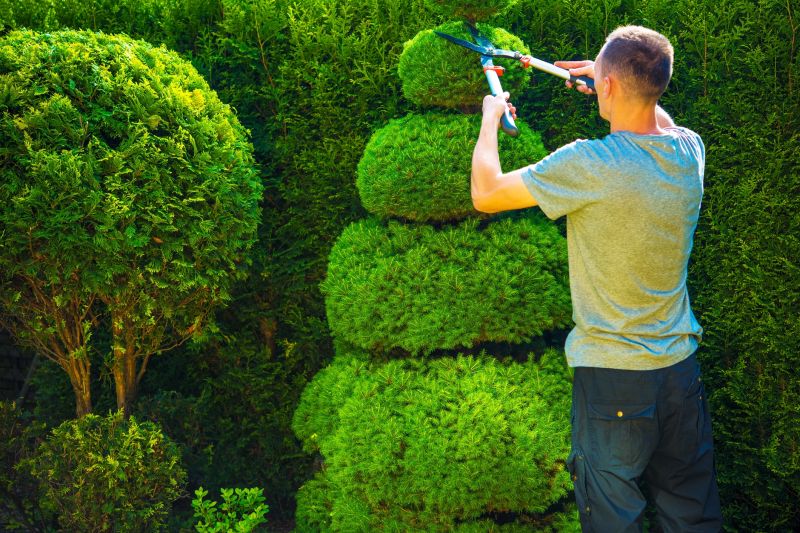
Early spring is ideal for shaping and removing dead or damaged branches before active growth begins.

Light trimming during summer encourages bushiness and maintains shape without stressing the plant.
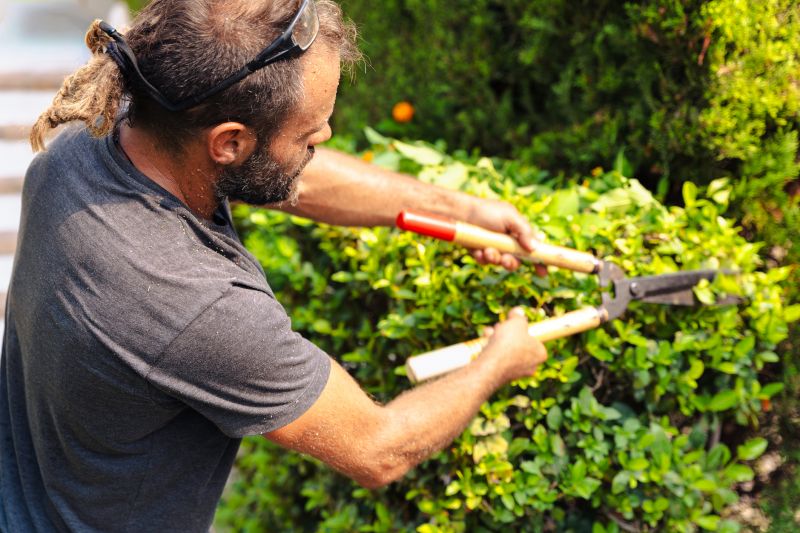
Late fall is suitable for removing overgrowth and preparing shrubs for winter dormancy.
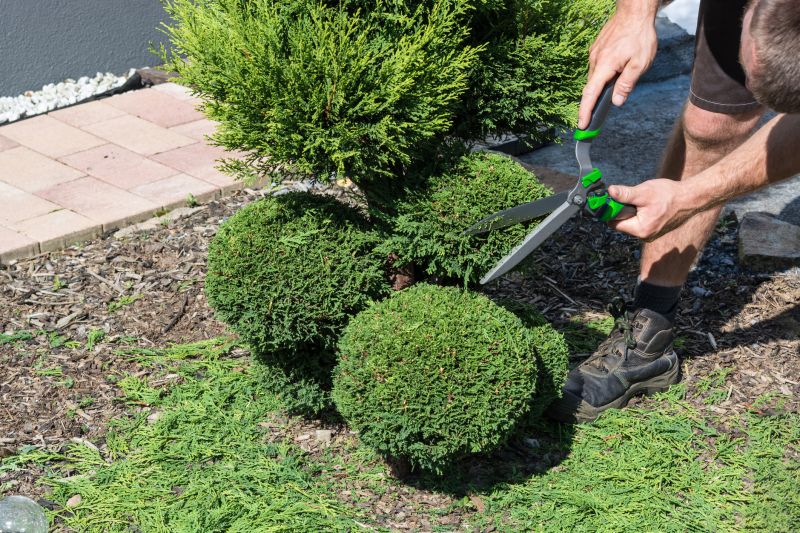
Ways to make Shrub Trimmings work in tight or awkward layouts.

Popular materials for Shrub Trimmings and why they hold up over time.
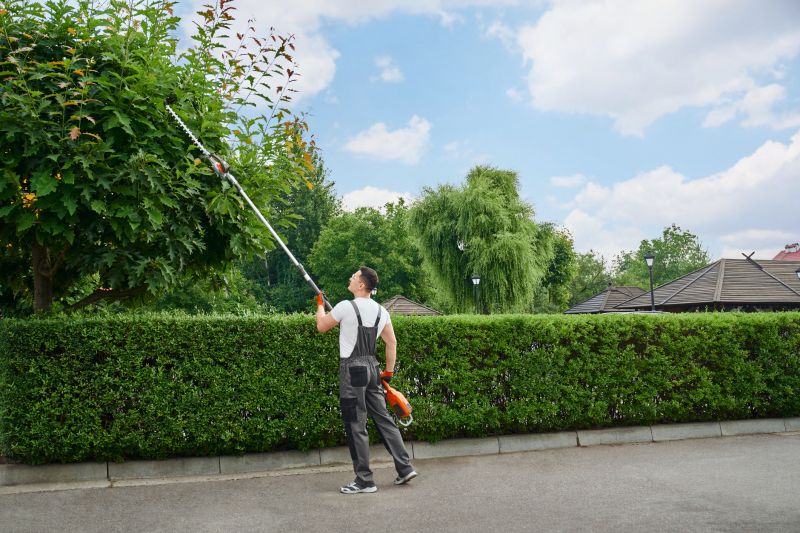
Simple add-ons that improve Shrub Trimmings without blowing the budget.
The best time for shrub trimmings varies based on shrub type and local climate, but generally, late winter to early spring is preferred.
Flowering shrubs should be trimmed right after they bloom to avoid cutting off buds for the next season.
Evergreens can be trimmed during late winter or early spring before new growth begins.
In Utah, timing may shift slightly due to seasonal weather patterns, with early spring being effective once the risk of frost passes.
| Season | Recommended Trimming Time |
|---|---|
| Winter | Late winter before new growth starts |
| Spring | Early to mid-spring, after last frost |
| Summer | Early summer for light shaping |
| Fall | Late fall before dormancy |
Shrub trimmings are a vital part of landscape maintenance that enhances plant health and appearance. Proper timing ensures that shrubs recover quickly and flourish in the upcoming season. Seasonal trimming also helps control size and shape, preventing overgrowth and reducing disease risk.

Proper trimming promotes vigorous growth and flowering.
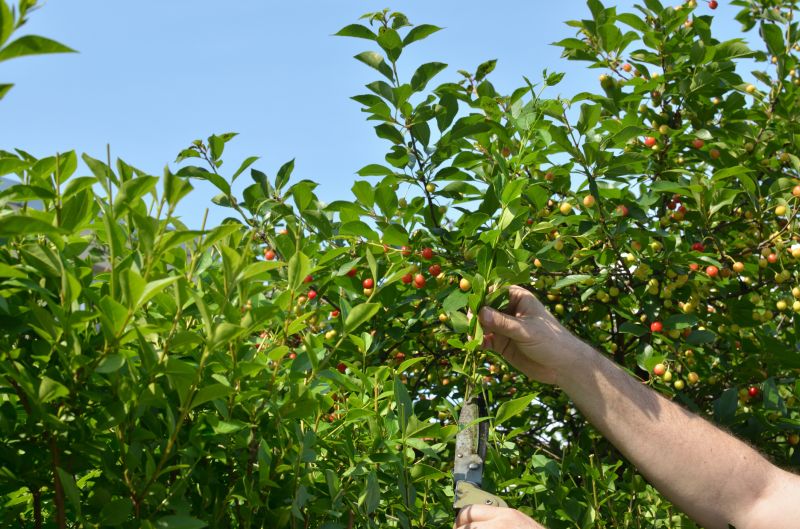
Sharp, clean tools are essential for effective shrub trimming.
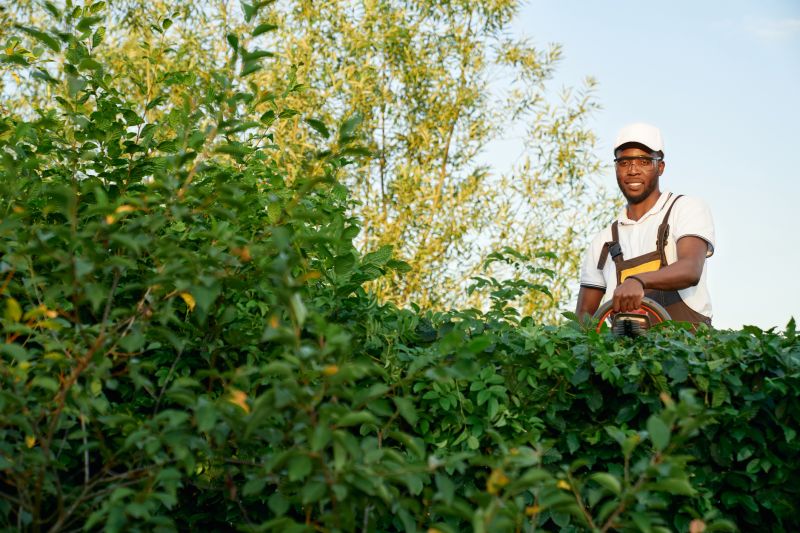
Monitoring seasonal shifts helps schedule optimal trimming times.
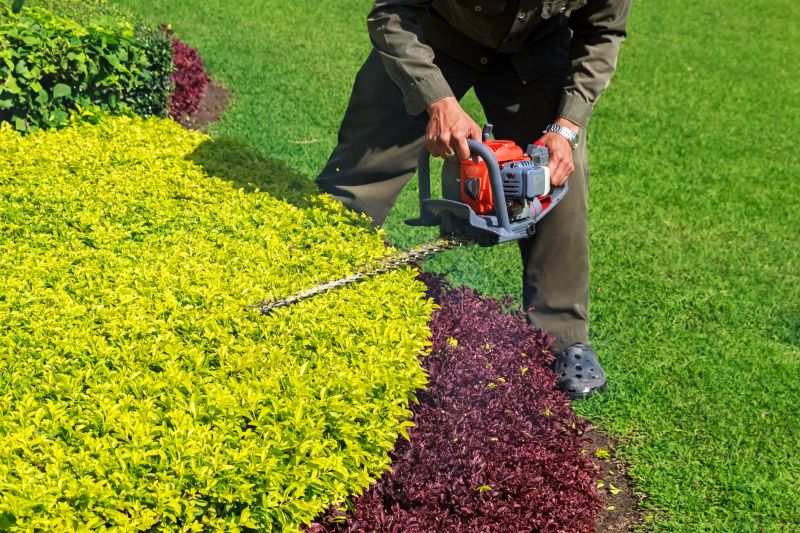
Trimming shapes the landscape and highlights focal points.
Interested in professional shrub trimmings? Filling out the contact form can connect homeowners and property managers in Riverton, Utah, with experienced landscape services to meet their trimming needs effectively.
